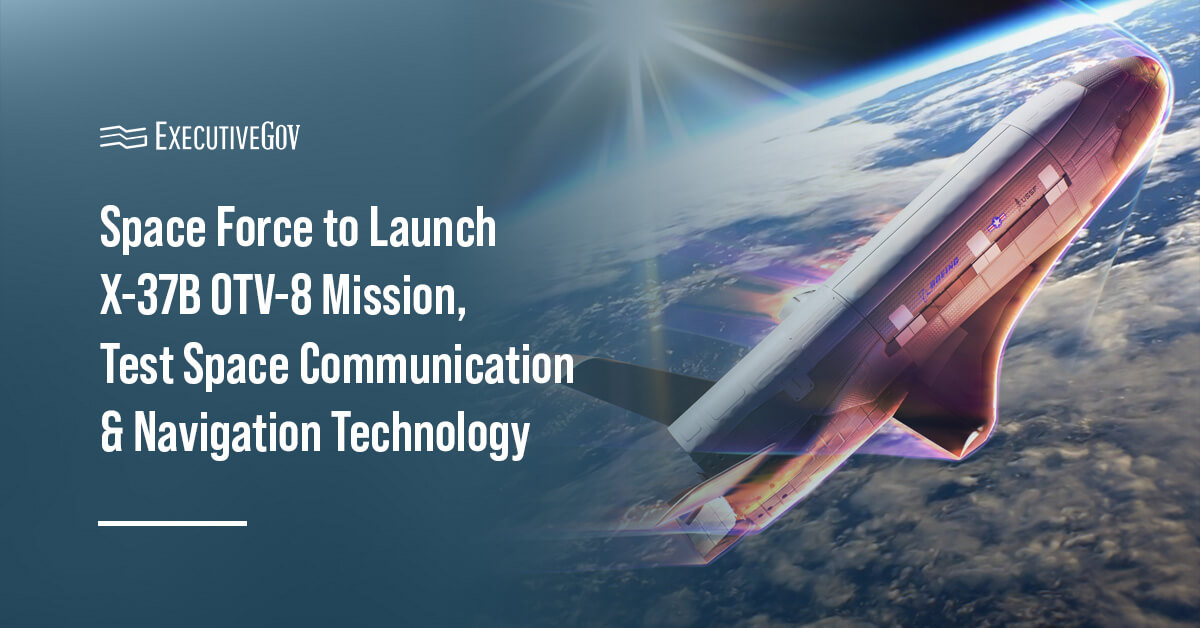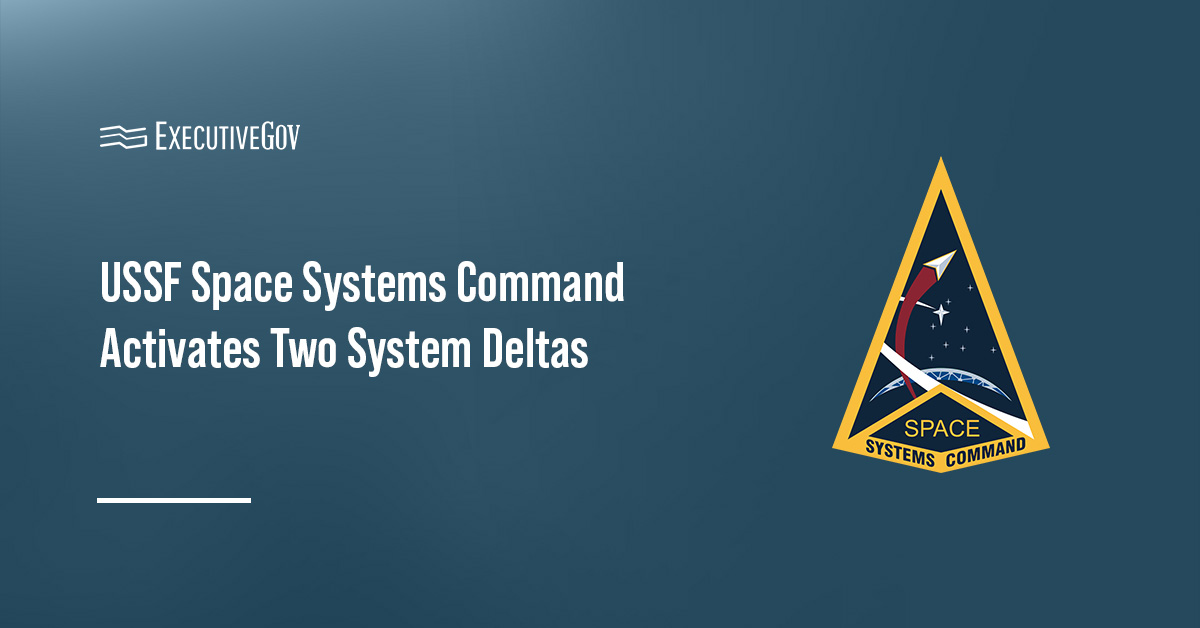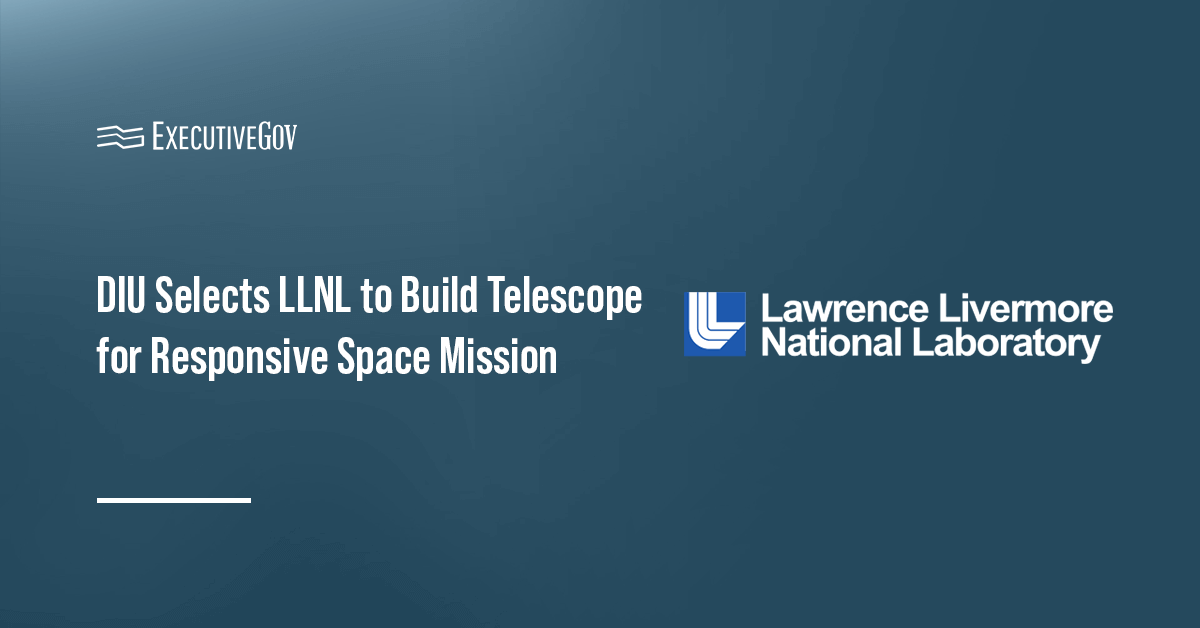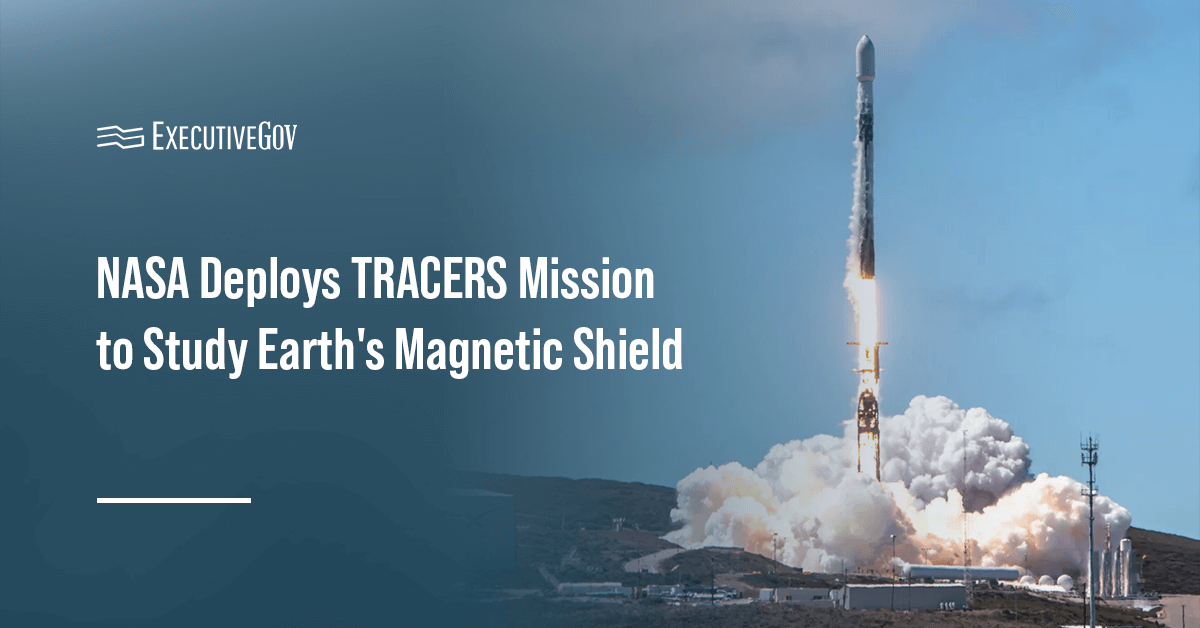NASA wants to team up with industry to develop advanced space technologies for future commercial or government use. The space agency on Wednesday issued an announcement of collaboration opportunity, or ACO, to
MoreThe U.S. Space Force, in collaboration with the Air Force Rapid Capabilities Office, is set to launch the eighth X-37B Orbital Test Vehicle mission onboard the USSF-36 SpaceX Falcon 9 rocket on Aug.
MoreThe Golden Dome missile defense undertaking is the biggest responsibility the U.S. Space Force has been dealt in its nearly six years of operation. While the expansive project — which some estimate could
MoreThe Senate on Thursday voted 52-46 to confirm Matthew Lohmeier, a former fighter pilot and Space Force guardian, as the 29th under secretary of the Air Force. The service said Thursday Lohmeier
MoreNASA has started soliciting proposals for advanced communications and navigation systems for future Moon and Mars missions. Join the Potomac Officers Club’s 2025 Air and Space Summit on July 31 to learn about
MoreThe U.S. Space Force’s Space Systems Command has officially established two new system deltas, or SYDs, at a ceremony at the Los Angeles Air Force Base on July 10. The SSC said
MoreThe Defense Innovation Unit has selected Lawrence Livermore National Laboratory to provide a new monolithic telescope for a responsive space mission, which Firefly Aerospace will launch as early as 2027. LLNL said
MoreThe Department of Defense is accelerating its efforts to develop space-based interceptors as part of the Golden Dome initiative, Breaking Defense reported, noting that the Pentagon is seeking to engage the private
MoreNASA deployed the Tandem Reconnection and Cusp Electrodynamics Reconnaissance Satellites mission aboard a SpaceX Falcon 9 rocket launched from Space Launch Complex 4 East at Vandenberg Space Force Base in California. Studying the
MoreThe Senate on Thursday confirmed by voice vote Gen. Michael Guetlein, vice chief of space operations at the U.S. Space Force and a 2025 Wash100 awardee, as direct reporting program manager for
More










